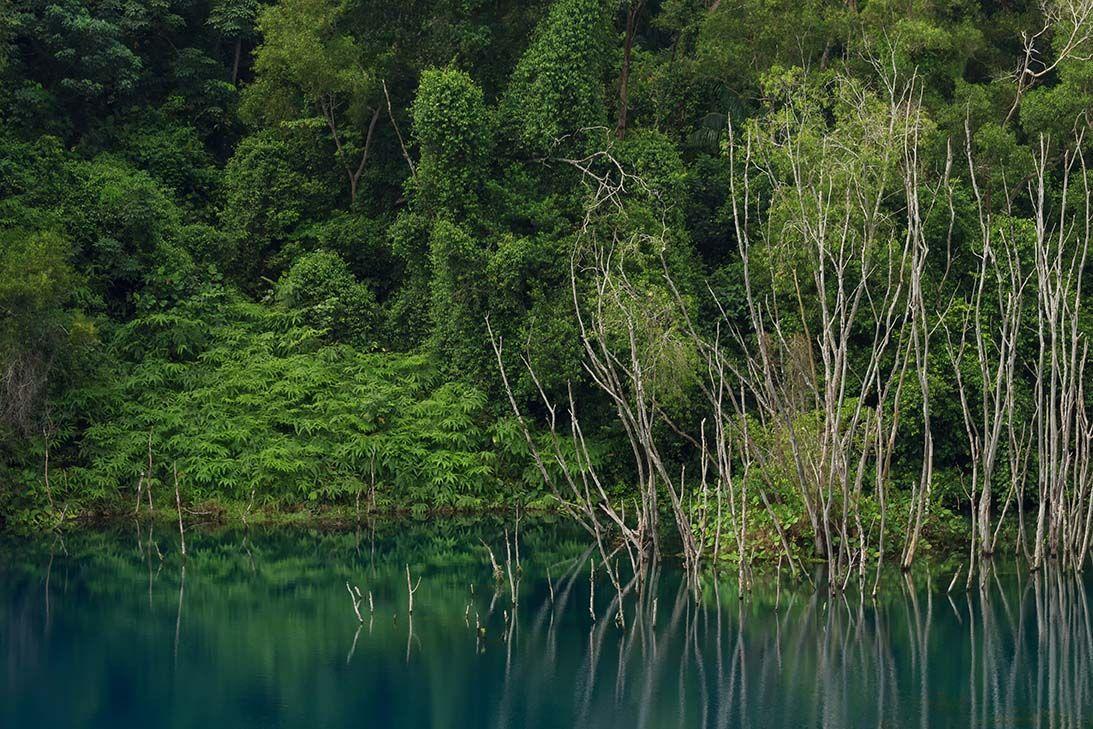
Mangrove Restoration in Pulau Ubin
A win-win for climate action, adaptation and resilience
In Singapore, abandoned aquaculture ponds and higher wave energy created by boats and climate change are eroding habitats and removing sediment from the foreshore in Pulau Ubin, resulting in the retreat of the shoreline. To protect against this, the country is using nature-based solutions (NbS) – mangrove restoration - to protect against erosion. Mangrove restoration not only increases resilience to storms and floods, it can also hold four times more carbon dioxide than most rainforests, making it a win-win for both climate action and adaptation.
Designing for successful mangrove tree restoration
Working with the National Parks Board of Singapore, we conducted an Environmental Impact Study (EIS) to understand the biodiversity and hydrological conditions in Pulau Ubin, before designing the conditions that would allow for the best possible mangrove tree restoration. This included a study to assess what soil compositions would be best for the new trees, mechanisms to prevent erosion during the ‘settling period’, and zone design to allow for range of mangrove tree species to naturally recruit from nearby mangroves and establish successfully.
We also added headlands made of armor rocks and rock revetment features beneath eroded mangrove undercuts, which help to prevent further erosion with minimal impact on the natural environment. Within our design different elevations allow for perching and roosting birds; rock pools and crevices provide space for marine intertidal fauna; and saltwater tolerant plants naturalize and enhance the habitats. At a separate location, a more natural style mangrove is being restored to further protect the coastline against erosion and rising sea levels.
Sequestering up to 30 million kilograms of carbon
With over 8,000 new mangrove trees to be planted, this mangrove park will be Singapore’s first large-scale project to adopt the ecological mangrove restoration method, a science-based approach that enables the mangrove plants to take root naturally and become a self-sustaining ecosystem. Over its lifetime, this mangrove park could potentially sequester up to 30 million kilograms of carbon, as well mitigating the effects of climate change on the shoreline and offering new habitats to boost biodiversity.